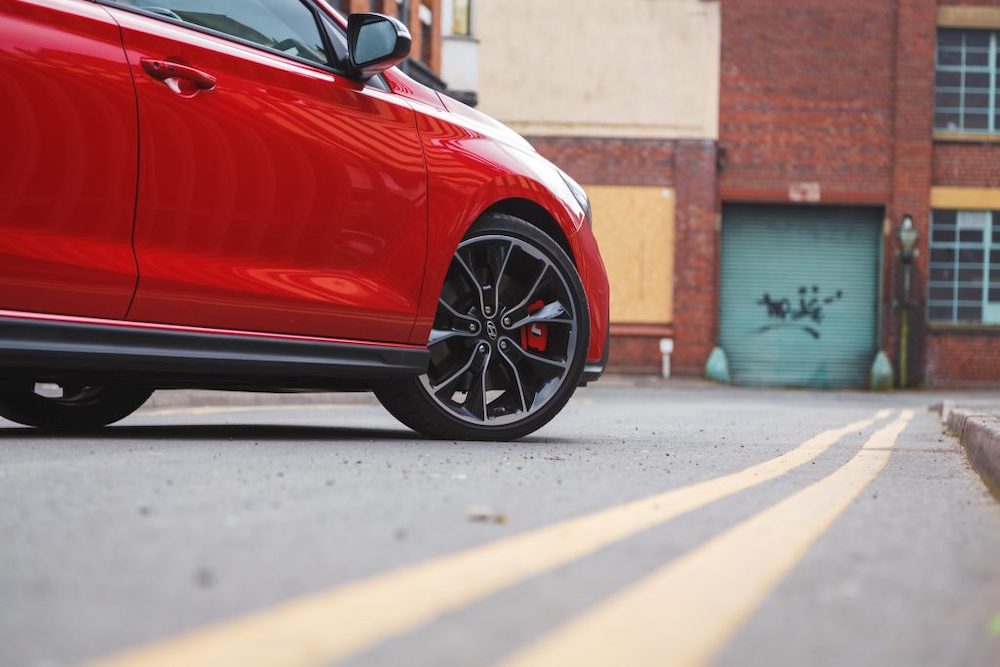Car suspension is a critical component of any vehicle, as it plays a vital role in providing a smooth and comfortable ride. One of the essential parts of a car suspension system is the shock absorber. The shock absorber, also known as a damper, is responsible for controlling the movement of the suspension springs.
When a car is in motion, the suspension springs compress and expand due to the unevenness of the road. This movement creates kinetic energy, which needs to be dissipated to avoid the vehicle from bouncing and jolting. The shock absorber’s primary function is to absorb this kinetic energy and convert it into thermal energy, which is then dissipated into the air.
The basic design of a shock absorber consists of a piston that moves inside a cylinder filled with hydraulic fluid. The piston is attached to a piston rod, which is connected to the vehicle’s suspension system. As the suspension moves, the piston moves up and down, compressing and expanding the hydraulic fluid.
Inside the cylinder, there are small orifices that restrict the flow of the hydraulic fluid, which creates resistance to the piston’s movement. This resistance slows down the movement of the suspension and converts the kinetic energy into thermal energy, which is then dissipated into the air.
The efficiency of a shock absorber depends on several factors, including the design of the piston and cylinder, the size of the orifices, and the quality of the hydraulic fluid. A high-quality shock absorber will provide a smooth and comfortable ride, while a low-quality one will result in a bumpy and uncomfortable ride.

Shock Absorbers Have Several Types
There are several types of shock absorbers, including hydraulic, gas, and electronic shock absorbers. Hydraulic shock absorbers are the most common type and are generally used in most vehicles. Gas shock absorbers, also known as gas-charged shock absorbers, use pressurized gas to provide additional damping force. Electronic shock absorbers use sensors to adjust the damping force in real-time, providing the best possible ride quality.
In addition to shock absorbers, the suspension system includes other components, such as springs, struts, and sway bars. The springs support the weight of the vehicle and absorb the shock of bumps and potholes in the road. Struts are similar to shock absorbers but provide additional structural support to the suspension system. Sway bars, also known as stabilizer bars, reduce body roll during cornering, providing a more stable and controlled ride.
In conclusion, the suspension system is an essential component of any vehicle, and shock absorbers play a critical role in providing a smooth and comfortable ride. A well-designed and high-quality shock absorber will help reduce the wear and tear on the vehicle’s suspension system and tires, resulting in a longer lifespan for the vehicle.
Source 1: https://www.motor-doctor.co.
Source 2: https://auto.howstuffworks.

